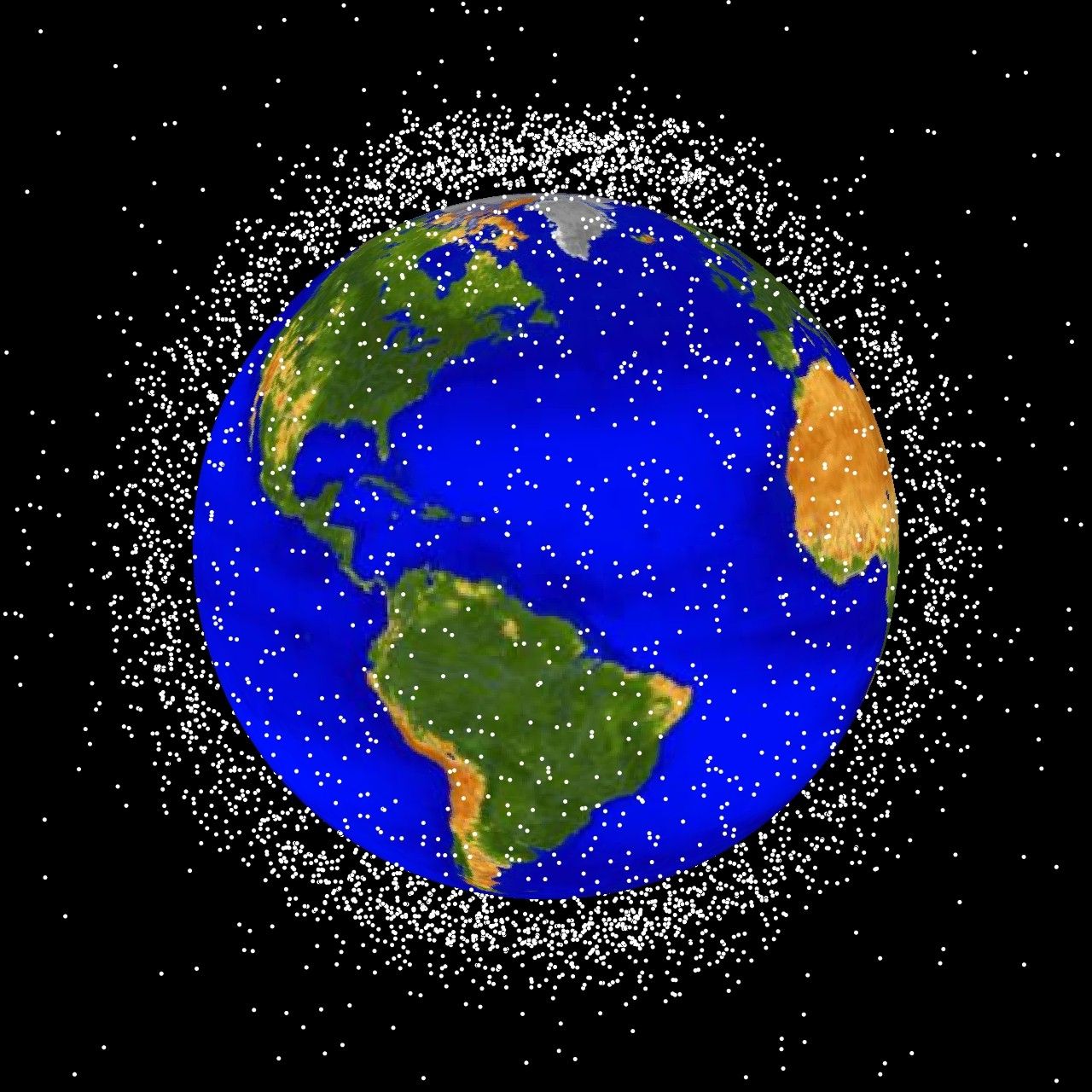Shoving space junk out of the way. With lasers.
There’s a lot of junk floating around in space, potentially getting in the way of our satellites and other spacecraft. But before we can do anything about solving the problem of space junk, we need to keep track of it all. Australian researchers have been working on this for 40 years, and demonstrated their first debris-tracking device using lasers in 1997.
Knowing where the debris is and being able to track it accurately helps satellites manoeuvre around it. But, rather than having to change satellite’s path, using up precious fuel and ultimately shortening the satellite’s useful lifespan, wouldn’t it be great if we could move the debris around the satellites—push the junk out of the way?

Well, we’re working on it. With lasers. But we have to be careful—we need a laser that’s strong enough to push the debris out of the way, but not so strong that we simply blast the piece of debris into smaller pieces. There’s some pretty complicated science that goes into figuring this out—force models, surface interactions of the laser’s energy—to make sure the strength of the laser is just right.
Here in Australia, the Space Environment Research Centre is developing the capability to do just this. Using photon pressure—the ability of light to exert force—researchers are developing methods to use a ground-based laser beam to exert force on a piece of debris in space. The aim is to simply slow a given piece of debris down by just teensy bit—0.1 mm/sec, which is actually enough to make it move 200 metres within a day. To do this, you need a big telescope to project the laser out into space and a beam director that aims the laser beam with accuracy of 0.1 of a microradian (one radian is approximately 57.3 degrees). This is pretty darn accurate.
The other aspect you need to consider is the fact that the various layers of the atmosphere distort the beam as it travels through them. This makes it hard to control the energy that you’re trying to beam out into space—you end up with a splodgy unfocused beam of energy, which is not very useful. So there’s also some tricky work that goes into fixing this.
A second laser is pointed ahead of the debris object and is used to excite sodium atoms, which emit light like an artificial star. Observing the imperfections of the light emitted by this artificial star allows the researchers to adjust the telescope used to fire the laser, so that its energy is delivered efficiently—tens of kilowatts of energy are focused into an area of just half a metre. Go science!
While this technology hasn’t yet been used to actually shove any junk out of the way, the first test is expected to be operational by the end of 2018. So watch this space.





